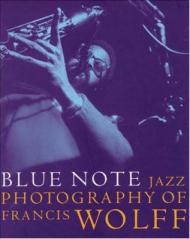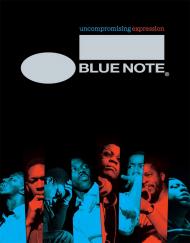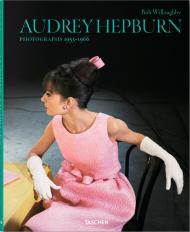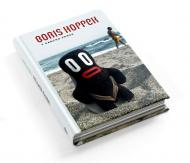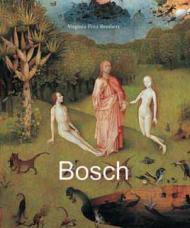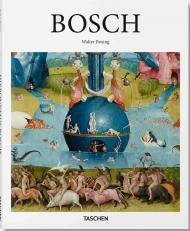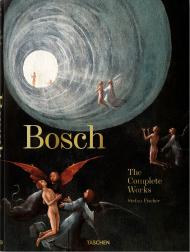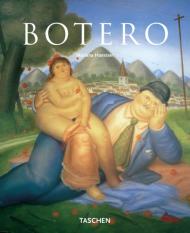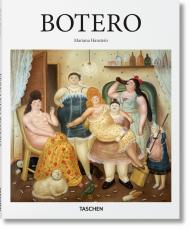It contains a book and 4 CDs. Blues-its melodies were created as an expression of profound sorrow and melancholy in the scorching heat of the cotton plantations. Its power encouraged the people and gave them support. The book offers a homage to this moving musical genre. Unique photographs of famous blues musicians taken by the famous photographer Giuseppe Pino celebrate a grand emotion. The CDs offer a collection of recording which impressively survey the many facets of the roots of Blues. It includes such great names as: Big Joe turner, Son House, Muddy Water and Memphis Slim. It contains a book and 4 CDs. Blues-its melodies were created as an expression of profound sorrow and melancholy in the scorching heat of the cotton plantations. Its power encouraged the people and gave them support. The book offers a homage to this moving musical genre. Unique photographs of famous blues musicians taken by the famous photographer Giuseppe Pino celebrate a grand emotion. The CDs offer a collection of recording which impressively survey the many facets of the roots of Blues. It includes such great names as: Big Joe turner, Son House, Muddy Water and Memphis Slim.
Издательства
- Rizzoli (257)
- Thames & Hudson (208)
- Prestel (106)
- Abrams (87)
- Phaidon (63)
- 3DTotal Publishing (61)
- Taschen (58)
- PIE Books (45)
- Hatje Cantz (44)
- Laurence King Publishing (41)


